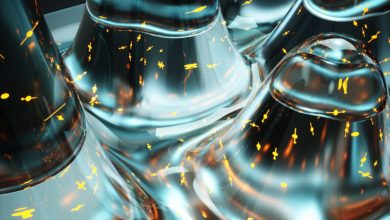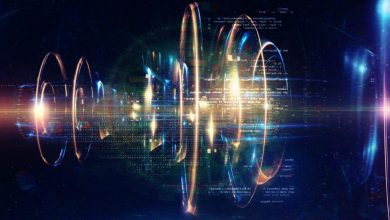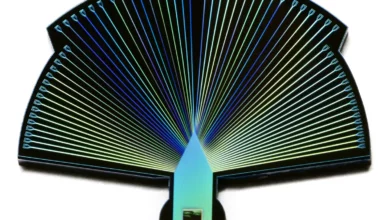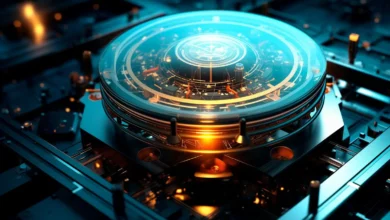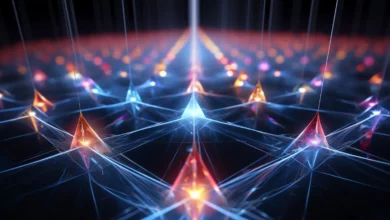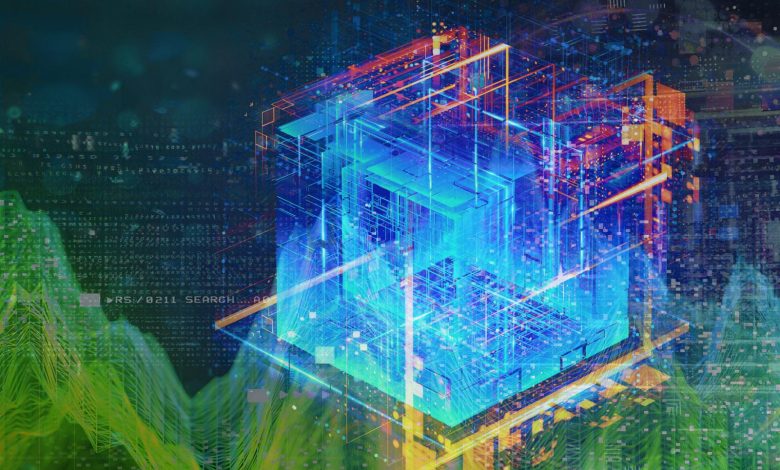
Lead Image: Quantum computers are especially adept at simultaneously considering large numbers of possible combinations, but the instability of qubits in modern devices contributes to errors in calculations. Credit: Image by Timothy Holland | Pacific Northwest National Laboratory
Simulating a Quantum Future
Quantum computers are anticipated to revolutionize the way researchers address complex computing problems. These computers are being developed to address major challenges in fundamental scientific fields such as quantum chemistry. In its present state of development, quantum computing is very susceptible to noise and disruptive influences in the environment. This makes quantum computers “noisy,” since quantum bits, or qubits, lose information when they go out of sync, a process known as decoherence.
To address the constraints of current quantum computers, researchers at Pacific Northwest National Laboratory (PNNL) are constructing simulations that demonstrate how quantum computers work.
“When we try to directly observe the behavior of quantum systems, like qubits, their quantum states will collapse,” explained PNNL Computer Scientist Ang Li. Li is also a researcher at the Quantum Science Center and the Co-Design Center for Quantum Advantage, two of the five Department of Energy National Quantum Information Science Research Centers. “To get around this, we use simulations to study qubits and their interaction with the environment.”
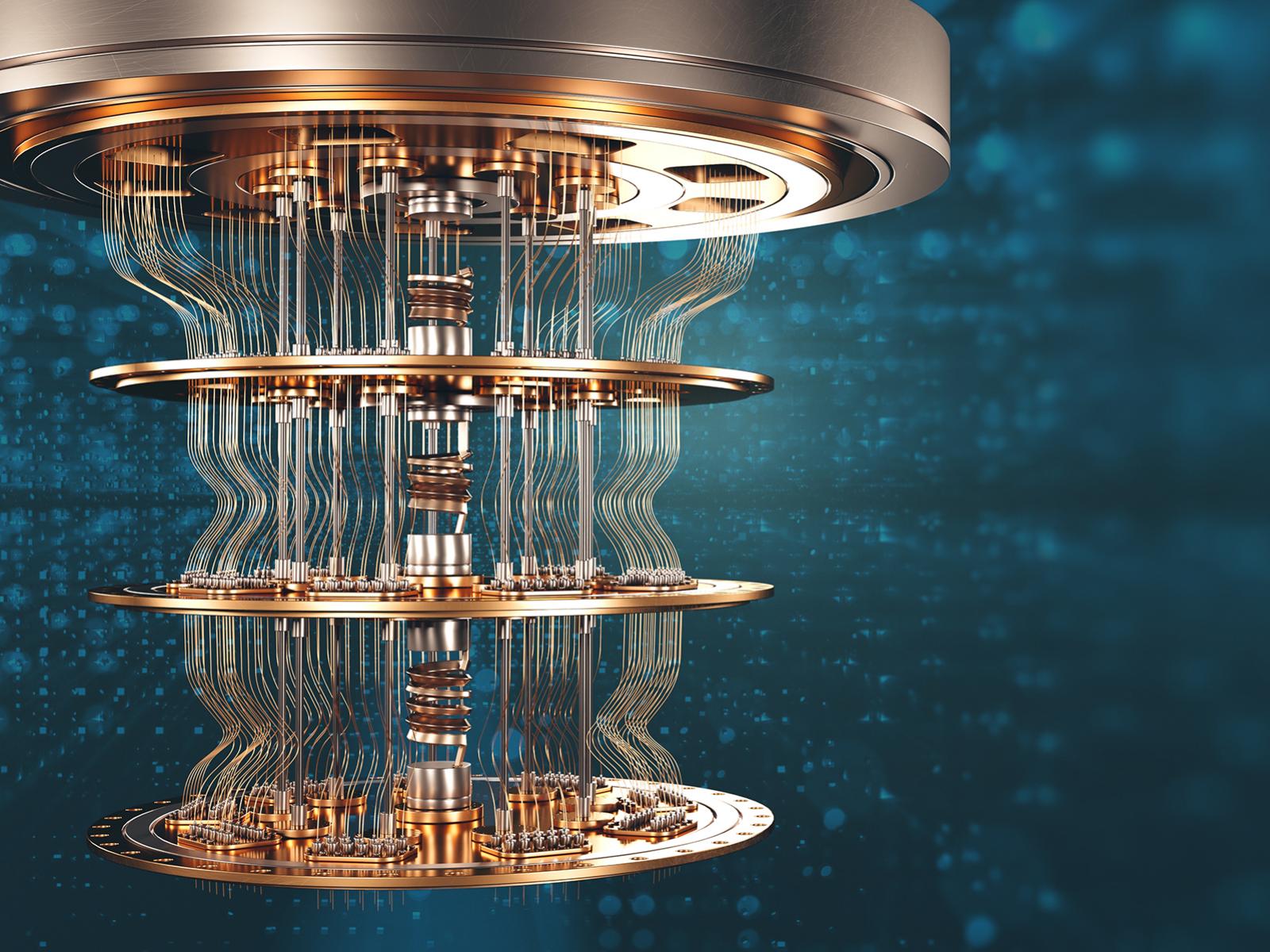
Li and collaborators at Oak Ridge National Laboratory and Microsoft employ high-speed computing to create simulators that imitate genuine quantum devices for executing sophisticated quantum circuits. They recently integrated two distinct kinds of simulations to produce the Northwest Quantum Simulator (NWQ-Sim), which is used to test quantum algorithms.
“Testing quantum algorithms on quantum devices is slow and costly. Also, some algorithms are too advanced for current quantum devices,” said Li. “Our quantum simulators can help us look beyond the limitations of existing devices and test algorithms for more sophisticated systems.”
Algorithms for quantum computers
Nathan Wiebe, a PNNL joint appointee from the University of Toronto and an affiliate professor at the University of Washington, is taking a different approach to writing quantum computer code. Though being constrained by the capabilities of existing quantum devices might be irritating at times, Wiebe views this obstacle as an opportunity.
“Noisy quantum circuits produce errors in calculations,” said Wiebe. “The more qubits that are needed for a calculation, the more error-prone it is.”
Wiebe and collaborators from the University of Washington developed novel algorithms to correct for these errors in certain types of simulations.
“This work provides a cheaper and faster way to perform quantum error correction. It potentially brings us closer to demonstrating a computationally useful example of a quantum simulation for quantum field theory on near-term quantum hardware,” said Wiebe.
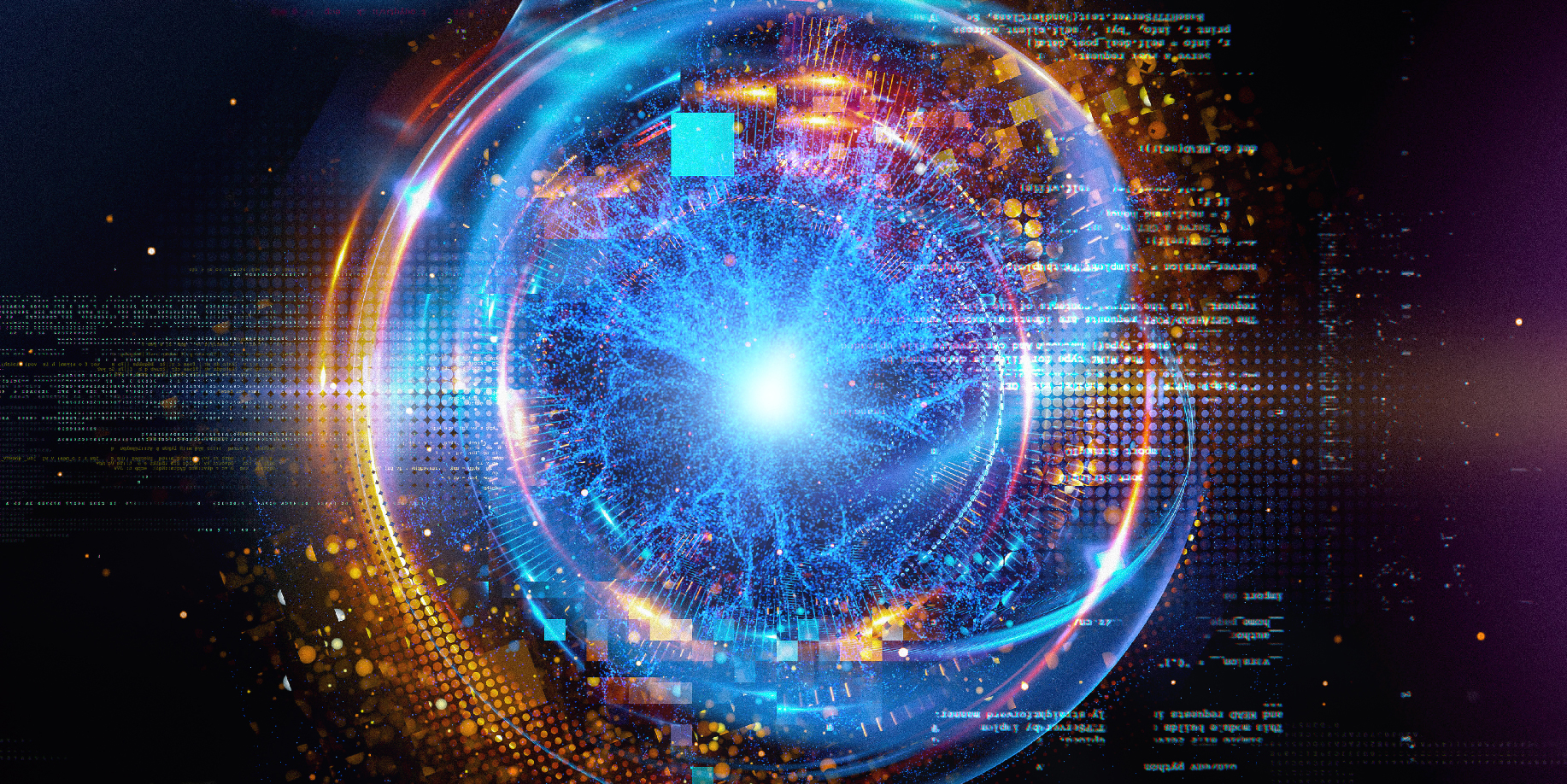
Dark matter meets quantum computing
While Wiebe seeks to reduce the noise by developing error-correcting algorithms, physicist Ben Loer and his colleagues turn to the environment to manage external sources of noise. Loer employs his experience in creating ultra-low levels of natural radioactivity, which is required to search for experimental evidence of dark matter in the universe, to aid in the prevention of qubit decoherence.
“Radiation from the environment, such as gamma rays and X-rays, exists everywhere,” said Loer. “Since qubits are so sensitive, we had an idea that this radiation may be interfering with their quantum states.”
To test this, Loer, project lead Brent VanDevender, and colleague John Orrell, teamed up with researchers at the Massachusetts Institute of Technology (MIT) and MIT’s Lincoln Laboratory used a lead shield to protect qubits from radiation. They designed the shield for use within a dilution refrigerator—a technology used to produce the just-above-absolute-zero temperature necessary for operating superconducting qubits. They saw that qubit decoherence decreased when the qubits were protected.
While this is the first step toward understanding how radiation affects quantum computing, Loer plans to look at how radiation disturbs circuits and substrates within a quantum system. “We can simulate and model these quantum interactions to help improve the design of quantum devices,” said Loer.
Loer is taking his lead-shielded dilution refrigerator research underground in PNNL’s Shallow Underground Laboratory with the help of PNNL Chemist Marvin Warner
“If we develop a quantum device that doesn’t perform as it should, we need to be able to pinpoint the problem,” said Warner. “By shielding qubits from external radiation, we can start to characterize other potential sources of noise in the device.”
Creating a quantum ecosystem in the Pacific Northwest
PNNL supports a wide variety of quantum-related research, from quantum simulations and developing algorithms for quantum chemistry to the development of precision materials for quantum devices.
PNNL also partners with other institutions in the Pacific Northwest to accelerate quantum research and develop a quantum information science-trained workforce through the Northwest Quantum Nexus (NQN). Additionally, the NQN hosts a seminar series featuring leaders in quantum research. The NQN synergizes partnerships between companies, such as Microsoft and IonQ, as well as the University of Oregon, the University of Washington, and Washington State University.
“PNNL’s cultivation of both industry and university collaborations are building a foundation for quantum computing in the Pacific Northwest that sets the stage for future hybrid classical-quantum computing,” said James (Jim) Ang. Ang is the chief scientist for computing and PNNL’s sector lead for the Department of Energy (DOE) Advanced Scientific Computing Research program.
Li’s research was supported by the DOE Office of Science (SC), National Quantum Information Science Research Centers: Quantum Science Center and Co-Design Center for Quantum Advantage. He was also supported by the Quantum Science, Advanced Accelerator laboratory-directed research and development initiative at PNNL.
Wiebe’s research was supported by the DOE, SC, Office of Nuclear Physics, Incubator for Quantum Simulation, and the DOE QuantISED program. Wiebe is also supported by DOE, SC, National Quantum Information Science Research Centers, Co-Design Center for Quantum Advantage, where he is the Software thrust leader.
Loer’s research was supported by the DOE, SC, Office of Nuclear Physics and Office of High Energy Physics. Warner’s research was supported by the DOE, SC, National Quantum Information Science Research Centers, Co-Design Center for Quantum Advantage.
References: “Impact of ionizing radiation on superconducting qubit coherence” by Antti P. Vepsäläinen, Amir H. Karamlou, John L. Orrell, Akshunna S. Dogra, Ben Loer, Francisca Vasconcelos, David K. Kim, Alexander J. Melville, Bethany M. Niedzielski, Jonilyn L. Yoder, Simon Gustavsson, Joseph A. Formaggio, Brent A. VanDevender, and William D. Oliver, 26 August 2020, Nature.
DOI: 10.1038/s41586-020-2619-8
“Quantum Error Correction with Gauge Symmetries” by Abhishek Rajput, Alessandro Roggero and Nathan Wiebe, 9 December 2021, arXiv.
DOI: 10.48550/arXiv.2112.05186

